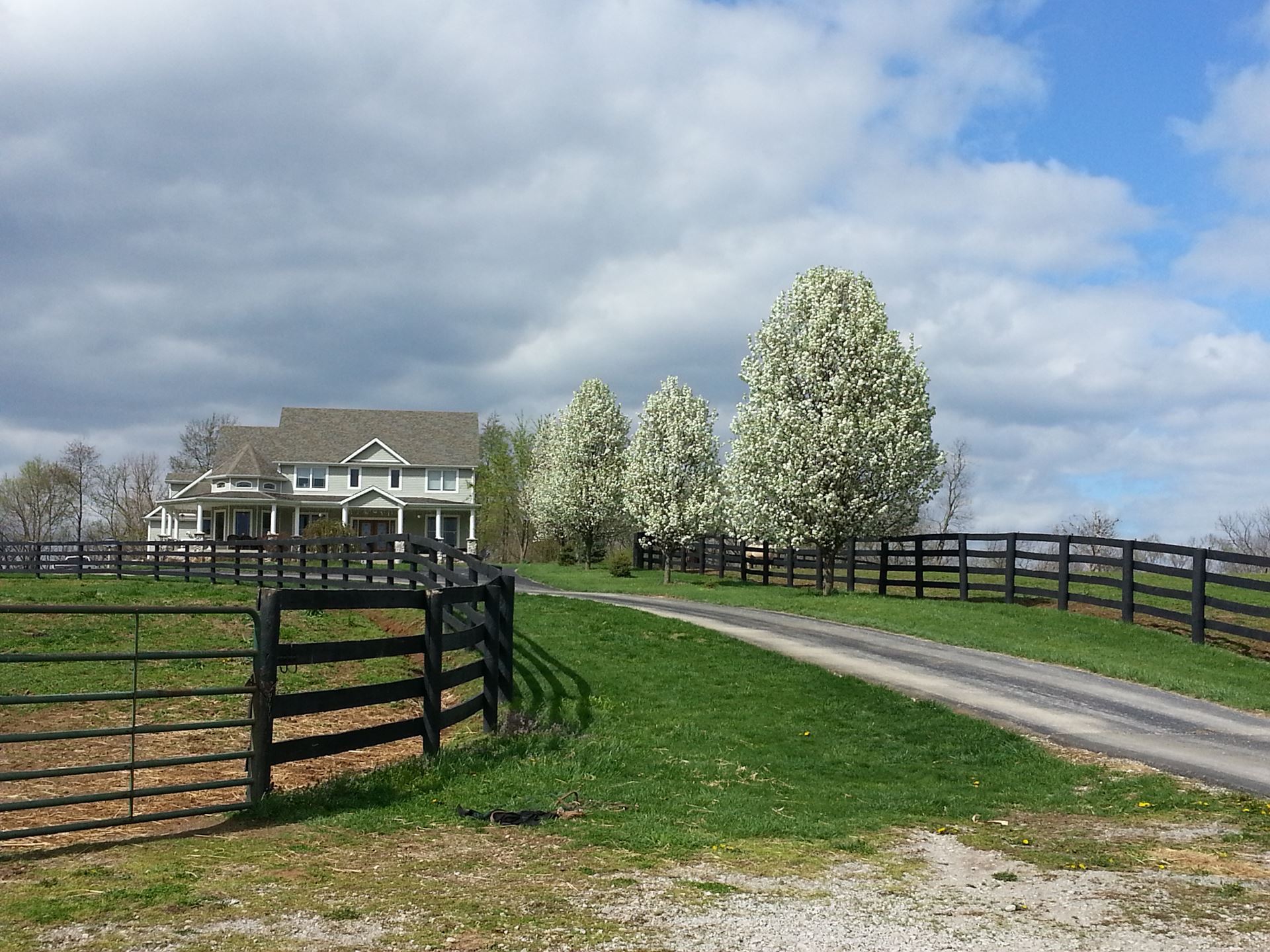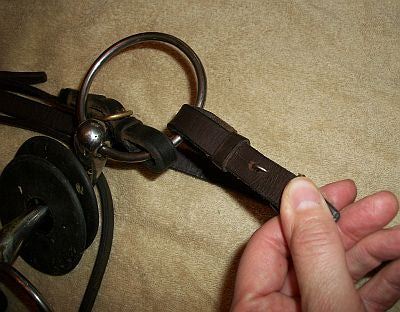By Sarah E Coleman

“Spring” to most barn owners is a wonderfully frustrating season. While everyone is anxious to be rid of winter blankets and colder temperatures, mud and shedding season come right on the heels of warmer weather, leading to dirty everything as barns come into heavier springtime use.
Whether that means that horses on your personal farm will come back into more-consistent work, or, if you own a boarding barn, that and lessons and riding are about to ramp up for the season, the implications are the same: the barn, tack room and common areas will get much more use than they have over the last three or four months.
So what can you do to prepare for this increased barn workload and get a jump on warmer weather?
- Declutter. It’s exceptionally easy when winter has us in its throes to simply pile things like horse blankets, broken buckets and similar seldom-used items into corners, wanting to deal with them when the weather is a little warmer (and you can feel your hands!). Now is the time to go through everything that’s been collecting dust throughout the cold months and either fix it, send it out for repair or toss it. It’s amazing how much better your barn will look after just this one step!
- Clean heated buckets and remove tank heaters. After you scrub the buckets and descale the heater, inspect their cords for wear and tear (and damage from curious teeth). If you don’t find any damage, roll the cords and secure them together, and store buckets upside down. If you find a break in the cord, throw the bucket or heater away instead of trying to repair it yourself with electrical tape. The same can go for any extension cords that have been used. Before simply plugging fans into them for the summer months, carefully inspect them to be sure they are not frayed or cracked. Many barn fires are caused from electrical cords that have been damaged.
- Check stalls doors and walls for damage. Horses that have been in more than usual can have energy to burn, and can take out their frustration on the walls that contain them. Check all surface areas for damage, loose boards, protruding nails and the like, and repair as needed.
- Level floors on stalls and walkways if they are not asphalt or concrete. While this is a difficult job no one looks forward to, it’s necessary to take care of these areas in a timely manner so that the holes don’t become so large that they trap water and manure, making cleaning a hassle.
- Pressure wash the outside of the barn and stalls. While this task isn’t necessary, it’s amazing what a difference blasting off the dirt can make! Just be careful not to get so close that you blow the paint off the building.
- Clean out the hayloft or hay storage area in preparation of first cut. Here is another area where cold hands can take a toll. Most areas where hay is stored get “good,” “bad” and “questionable” piles after a long winter of dark feedings; now is the time to inspect the hay carefully and toss what can’t be fed.
- If you store your hay on pallets, pull off all the bales and clean out the loose hay that has built up under the pallets, tossing it on the manure pile as you go—it’s most likely too dusty or moldy to be fed. If you use a loft, move all the hay to one end, sweep the floor, then swap ends and restack the bales neatly and toward the front so that hay gets fed first when fresh bales start coming in. This also lets you know just how much hay you have leftover when preparing to purchase hay for the fall.
- Inspect the barn for rodent damage. Mice, rats and the like are sneaky buggers. They love to wreak havoc on even the tidiest barn. Carefully inspect all lights, wires and switches to be sure they haven’t been chewed through by critters in search of a cozy place to nest for the winter.
- Clean out your first aid kit. Toss all old or expired medicines, or any that seem to have changed colors or textures. Write down what you will need to replace so you can ask your vet to bring it when she comes to do spring shots. Also double-check that you have enough commonly used items like elastic wrap, syringes, ointments and similar products. It can be helpful to make a checklist of everything you have and keep it with the kit so you can denote what you’ve used and replace it as needed so you’re prepared for the next emergency.
- Unclutter the feed room. Remove all old feed bags, and throw out expired supplements and congealed liquids. Sweep up spilled feed and make sure you have tight-fitting lids on feed containers.
- Decobweb. Not only are cobwebs unsightly, they’re extremely flammable. This task is best done when “helpful” equines are not in stalls and after you have cleaned the hayloft.
- Manage your manure pile. How you deal with your muck depends on your farm, but have it hauled away as soon as the ground firms up, or turn it as compost as soon as you’re able.

- Deep clean tack. With little fear of frosty fingers to keep you from only lightly cleaning bridles, make a concerted effort to really scrub all leather goods in your tackroom. Condition them once they have been cleaned and store them in their proper places.
- Clean out your tack trunk. When you’re really looking forward to a hot shower after a cold ride, it’s easy to toss everything in one big pile in your tack trunk or locker and go home. Now is the time to remove everything from your tack trunk and thoroughly clean the inside, scrubbing at spilled ointments and removing old containers. Put everything back in neatly once you’ve wiped it down.
- If you come across items you haven’t used in ages, that doesn’t fit you or your horse, or that you have duplicates of, consider donating them to an equine organization in need or finding a local tack sale.
.jpg)
- Clean and repair blankets. While it’s easy to jump the gun on the first warm days and send every stich of horse clothing you own out to be repaired, make sure you have at least one sheet on hand for the infamous snows we get in March. While you can wash and rewaterproof your blankets yourself, if some blankets are in need of repair, it may be easier to simply send them out, having them washed, waterproofed and repaired in one place.

- Sanitize brushes. Put dirty brushes in a bucket of soapy water, allowing them to soak, and then rinse them clean and leave them to dry in the sun. A bit of bleach can also be added to the water, which is especially if any horses in your barn are fighting any skin funk.
- Clean leg bandages and wraps. Once they’re clean, roll them and make sure you have the mate. Store them in one area so they’re easy to locate later.
- Clean and reorganize the tack room and other storage areas. If your barn has a community tack room, no doubt it’s become a bit of a jumbled mess as lessoners, boarders and their guests have come in and out all winter long, dragging in muddy tack and hairy saddlepads. Take time to move everything from one side of the tack room (or completely empty it, if possible), and thoroughly clean the walls, hooks and floor before moving on to the other side. Consider adding more shelves to help corral the clutter, which can feel never-ending.
